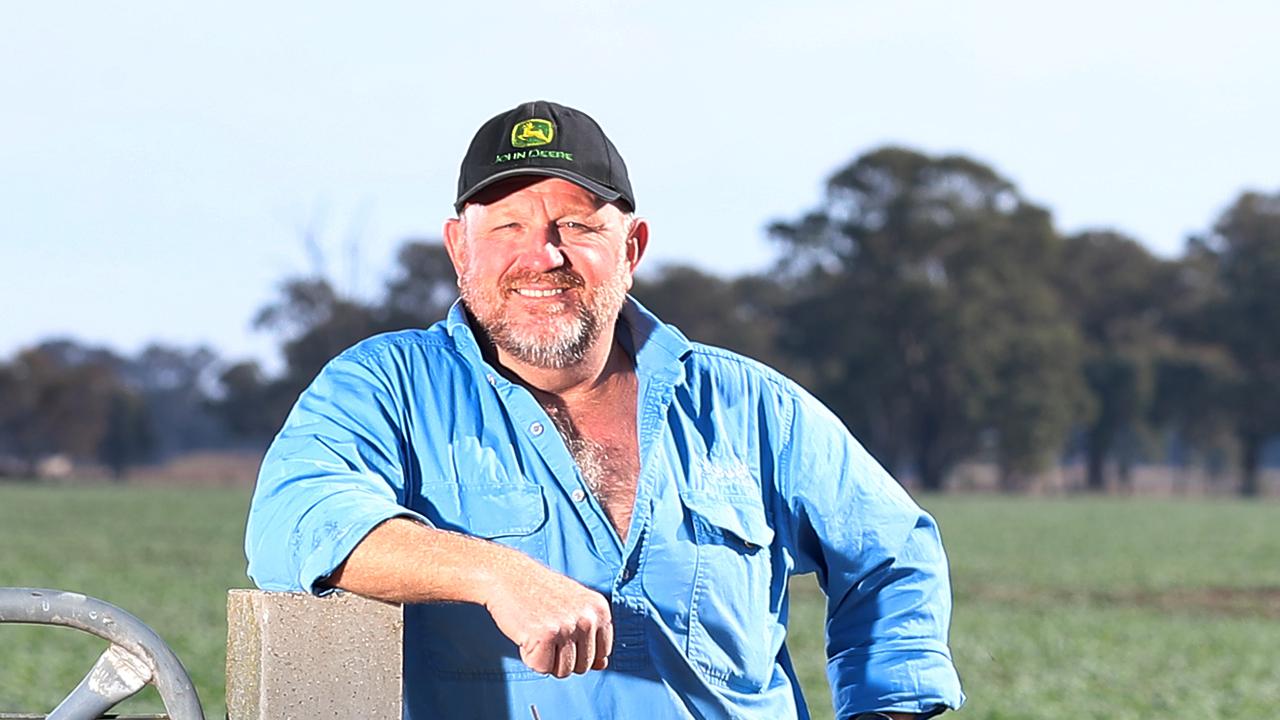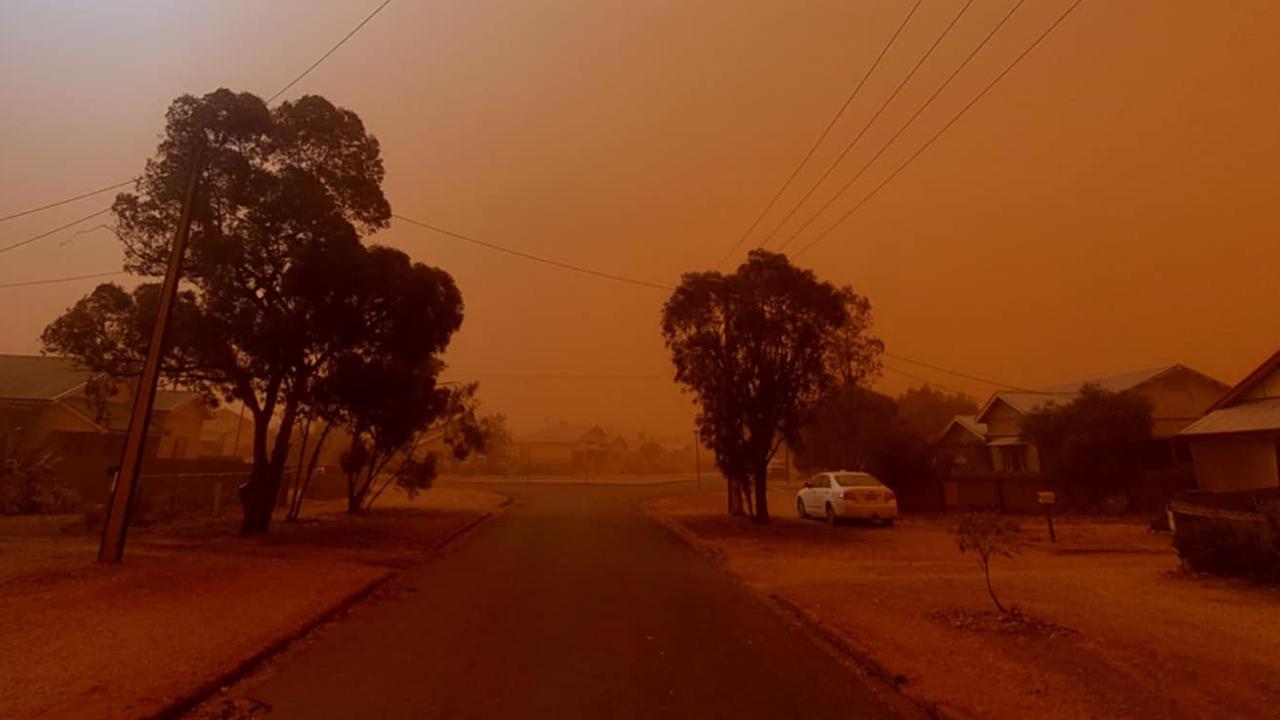Find out which towns are breaking their annual rain averages
Take a look at which Australian regions have already reached their average rain for the year, and which towns are hoping for some more.
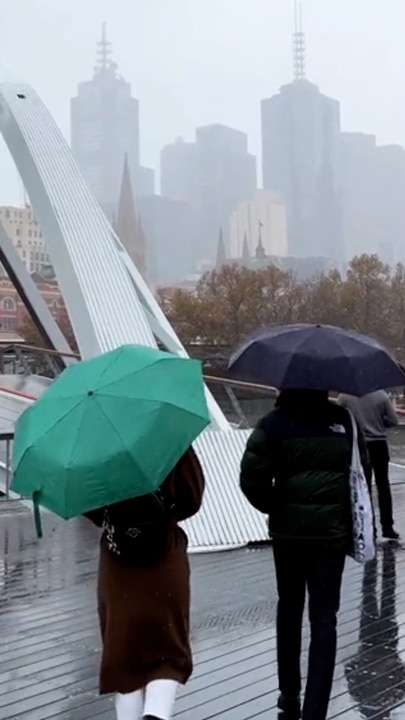
It’s a “magic season” for growers in northern New South Wales, while others are battling severe frosts after icy weather hit several cropping regions.
Several spots in New South Wales have already reached their average rain for the year, with Tibooburra receiving 286 millimetres of rain so far for the year, 157 per cent above its average.
Other NSW towns above their annual rain average included White Cliffs (337mm), Moss Vale (843mm), Bourke (350mm), Wilcannia (305mm) and Broken Hill (288mm).
Luke Carr, Maryvale, NSW, said he noticed good crops in northern NSW at Burren Junction, while he also experienced a great season at home.
He planted wheat and canola, alongside oats and barley. He expected to harvest 2.5t/ha for wheat and 1.5t/ha for canola this year.
“We’re having a magic season, we’re at average rainfall but it’s just fallen at the right time,” he said.
“Our grazing crops really got away and it’s working really well at the moment. We’ve got plenty of feed, plenty of clover and we’re focused on putting weight on lambs.”
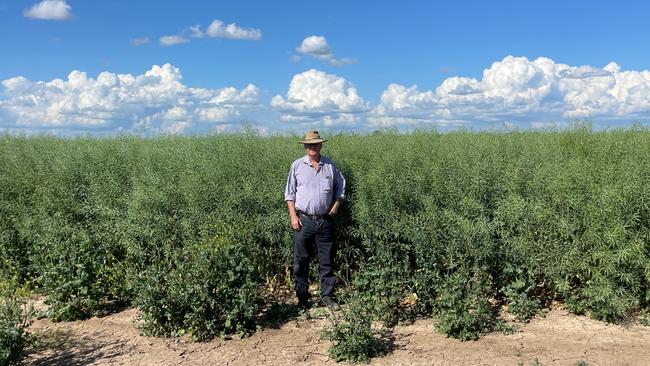
Western Australian towns reaching above average included Halls Creek (892mm), Morawa (373mm), Carnarvon (270mm) and Kununurra (994mm).
Victoria is yet to reach its annual rain averages. Shepparton is leading Victoria for its average total on 363mm or 84 per cent of its annual average, with Nhill on 83 per cent or 275mm so far.
Mildura, Geelong, Ballarat and Casterton were lagging behind with less than 50 per cent of their average rain totals.
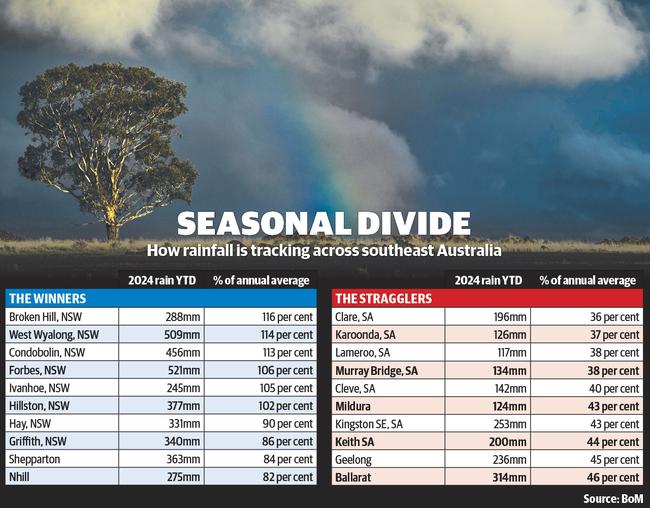
Rochester farmer Hugh Macague said they had definitely “missed out”, but a strong moisture profile had helped early crop growth.
He has wheat, barley, canola, faba beans, lentils, oat and hay.
He said no rain had fallen yet for the month, but had 25mm in August and about 30mm in July.
“We look a lot better than it sounds,” he said.
“The barley and faba beans look really good.
“The wheat and canola really want some rain to finish off, it hasn’t come out into head yet but it’s starting to choke itself.”
He said they had frost on Monday, but little damage so far.
Waitchie farmer Brian Fitzpatrick said they had about half of the annual average so far, with 70mm falling during the growing season and 160mm in the year to date. The region averages about 300mm annually.
They’re currently growing wheat, barley, lentils, peas and flax.
“They’re all moisture stressed, just varying on the amount,” he said.
“We were very lucky to have summer rainfall and subsoil moisture, otherwise we wouldn’t have crops right now.”
He said the earlier-sown crops were better able to handle the dry period.
Parts of Queensland are facing deficits, with Bowen on 322mm or 36 per cent of its annual average and Barcaldine on 205mm or, 41per cent.
Parched South Australian towns included Karoonda (126mm), Eudunda (163mm), Clare (196mm) and Ceduna (102mm).



